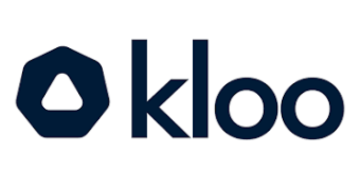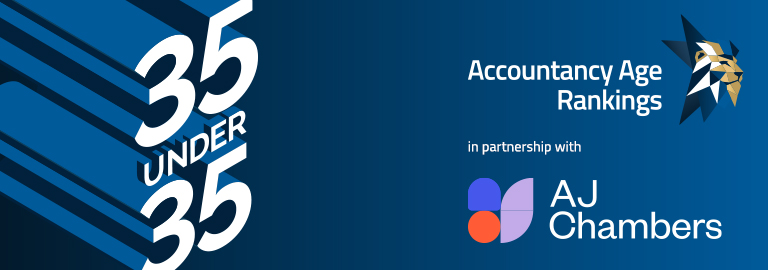Optical Character Recognition (OCR) is the process by which text images are converted into machine-encoded text. It has been around for longer than you might think, with the very first iterations of the technology being developed in the early 20th century in reading devices for the visually impaired, before becoming commercially available for document management in the early 2000s.
OCR has valuable applications throughout accounting and financial operations, particularly in the area of invoice management. This powerful tool, which has continued to evolve and improve, allows for the automatic extraction of data from invoices of any format, inputting this information to your accounting system, without time-consuming manual data entry.
The Limitations of Standalone OCR in Invoice Management
While OCR has been undoubtedly transformative in AP, in the age of AI, the potential for automation spans far beyond mere data extraction. In order to truly automate invoice management, we need to understand OCR as just one step in a sequence of automated tasks that power invoice automation from receipt to payment. The challenge lies in ensuring that OCR doesn’t operate in isolation but as part of a holistic system that harnesses the latest technologies like Artificial Intelligence.
Integrating OCR into an Autonomous System
Prior to OCR Extraction:
Smart Invoice Inboxes
Usually invoices from suppliers are received as email attachments, then need to be saved and manually uploaded into an accounting or AP system. Smart inboxes streamline this process; suppliers send invoices directly to these digital inboxes, where AI technology is employed to identify and differentiate documents such as invoices or credit notes before OCR technology takes over to extract the data. This data is then automatically coded and uploaded to the system, with no manual touchpoints.
Post OCR Extraction:
AI-Powered Matching:
Invoice matching is crucial for efficient AP operations, involving the cross-referencing of details on an invoice against those on a corresponding PO. Although many organisations utilise some form of matching automation, these solutions are not created equal.
Rules-based matching systems, which rely on predefined rules to match details, often falter when discrepancies arise, such as different name formats or minor typos. This can lead to a significant number of invoices requiring manual review and matching.
In contrast, AI context-based matching uses context-based reasoning that ‘understands’ the data. This capability allows it to establish matches, even in the presence of slight discrepancies, such as recognising “XYZ Incorporated” and “XYZ Inc.” as the same entity, eradicating the need for manual matching.
Automatic Workflow Assignment:
Once invoices have been autonomously uploaded and matched, they then need to be assigned to the appropriate approval workflows for review. Manually managing this assignment can create bottlenecks in organisations managing thousands of invoices per month. Instead, setting up automated workflow assignments that trigger based on certain criteria can ensure invoices are efficiently routed to the correct workflow, maintaining a streamlined and autonomous process.
As such, the first stage of invoice management that requires manual input is the inherently human stage approval, with each stage being fully automated up to this point.
The Bottom Line
OCR technology offers a robust foundation for invoice management by automating data capture from invoices, a process that is both time-consuming and prone to errors when done manually. However, to fully realise its potential, it must be integrated into a broader, intelligent system that includes smart inboxes, AI-based matching, and automated workflow assignments.
By embedding OCR within this comprehensive framework, organisations can truly achieve autonomous invoice management, reducing manual interventions, enhancing accuracy, and increasing overall efficiency in their accounting practices. This not only saves time but also allows accounting professionals to focus on more strategic tasks, ultimately driving business growth and operational excellence.
Learn more about end-to-end autonomous invoice management here.

